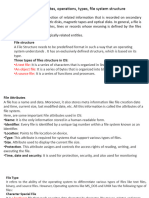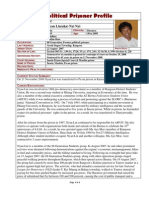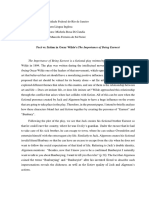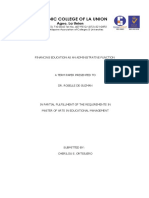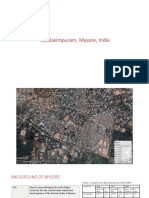0% found this document useful (0 votes)
10 views19 pagesLecture1 FileOrganization
The document provides an overview of file organization, emphasizing the importance of data organization and methods of access for efficient file management. It discusses various aspects of file systems, including file attributes, operations such as creating, reading, and deleting files, and the significance of backing up data. Additionally, it highlights the structure of file systems and their role in managing information storage and retrieval.
Uploaded by
abdonasr1998Copyright
© © All Rights Reserved
We take content rights seriously. If you suspect this is your content, claim it here.
Available Formats
Download as PDF, TXT or read online on Scribd
0% found this document useful (0 votes)
10 views19 pagesLecture1 FileOrganization
The document provides an overview of file organization, emphasizing the importance of data organization and methods of access for efficient file management. It discusses various aspects of file systems, including file attributes, operations such as creating, reading, and deleting files, and the significance of backing up data. Additionally, it highlights the structure of file systems and their role in managing information storage and retrieval.
Uploaded by
abdonasr1998Copyright
© © All Rights Reserved
We take content rights seriously. If you suspect this is your content, claim it here.
Available Formats
Download as PDF, TXT or read online on Scribd
/ 19



